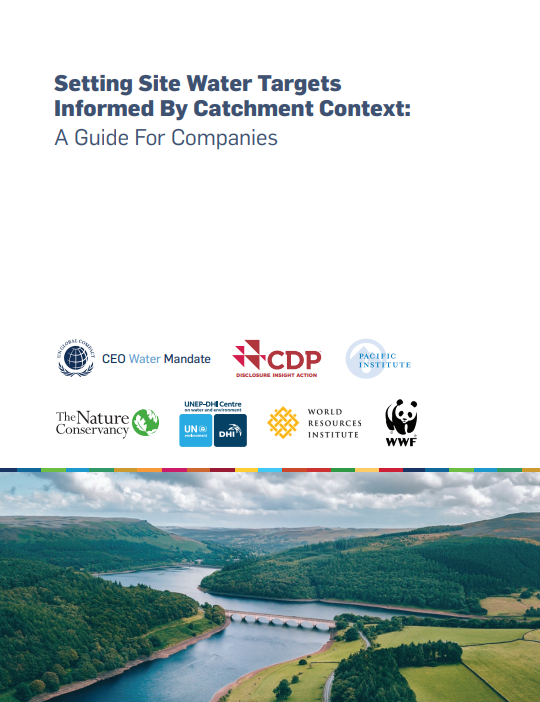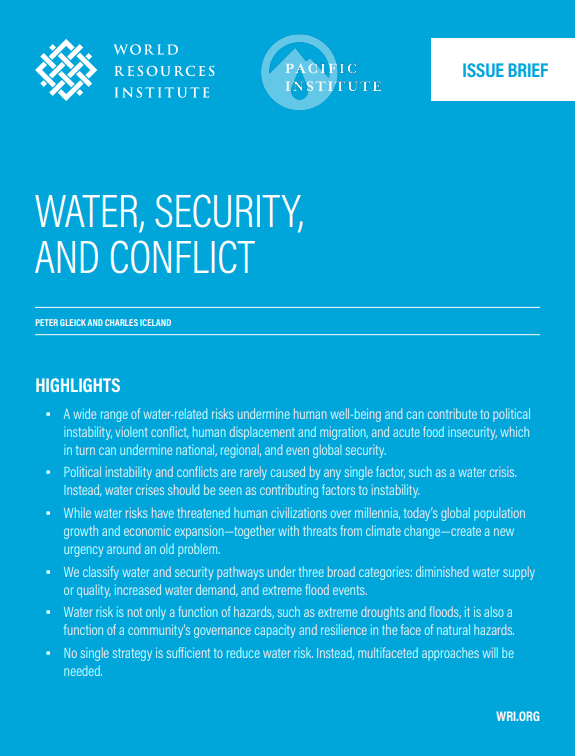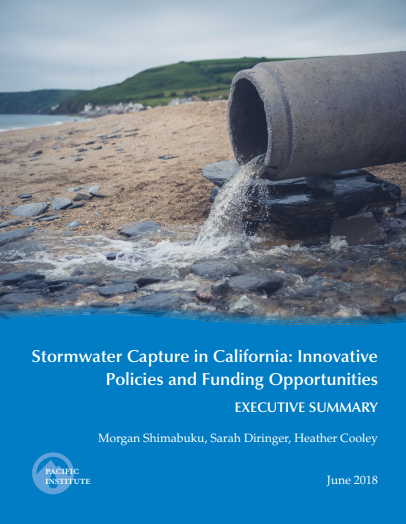1046 Resources
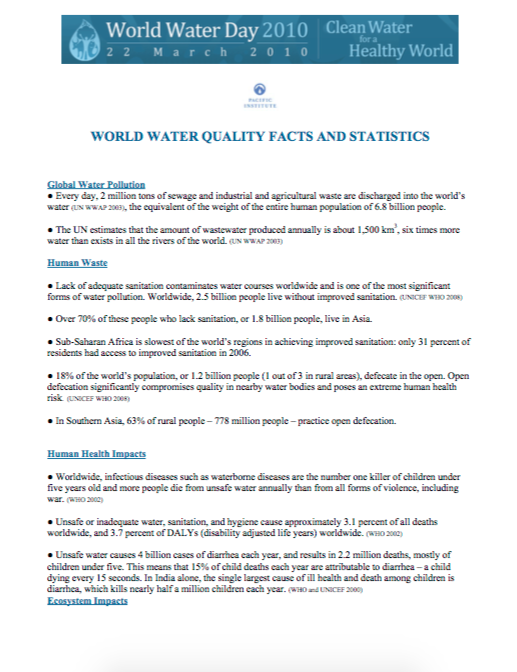
World Water Quality Facts and Statistics – World Water Day 2010
March 22, 2010 | publication
The quality of the world’s water is a major global concern. This fact sheet provides facts and statistics on the state of global water supplies and access as of 2010, covering global water pollution, water and sanitation access, drinking water quality, water infrastructure, and more.
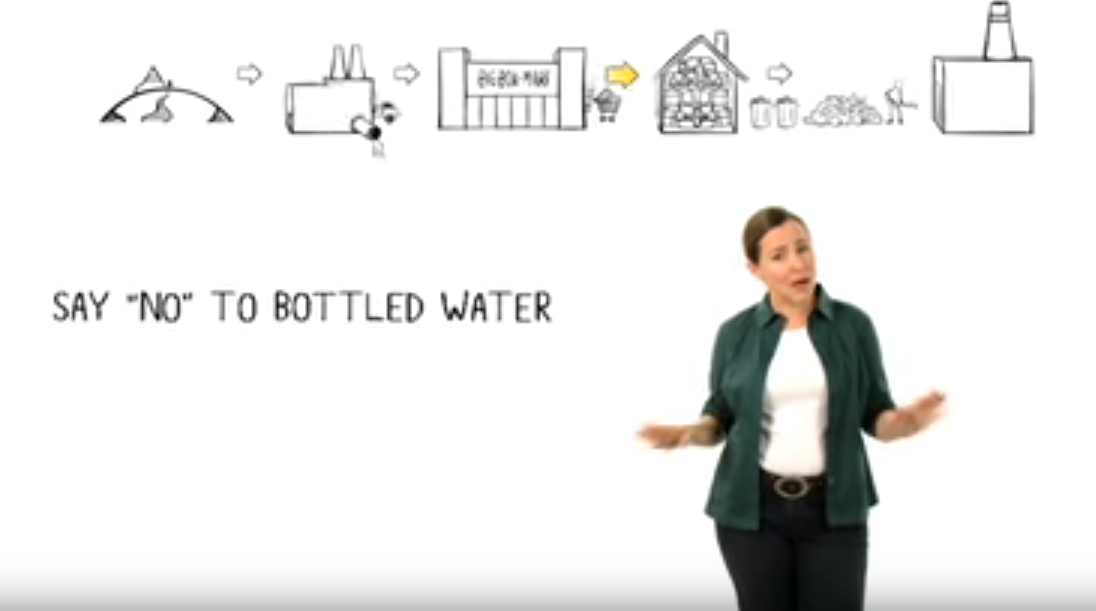
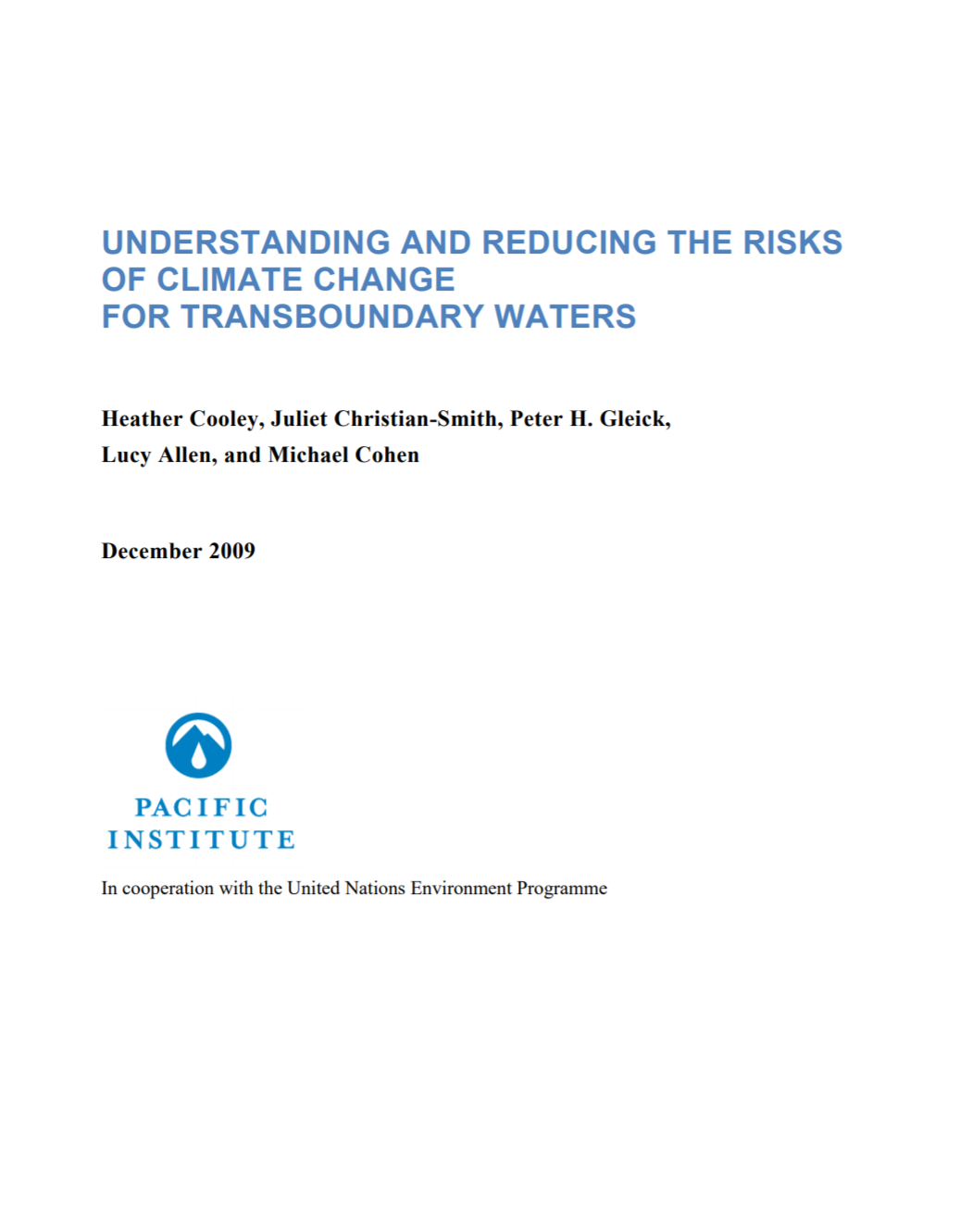
Understanding and Reducing the Risks of Climate Change for Transboundary Waters
December 26, 2009 | publication
Political borders and boundaries rarely coincide with the borders of watersheds.
Op-Ed: State Not Meeting Salton Sea Responsibilities
October 10, 2009 | publication
The Legislature and much of California remain locked in a fight over the future of the Sacramento-San Joaquin River Delta. Not so long ago, there was a similar fight over California's other major water source, the Colorado River...
The CEO Water Mandate: Fourth Working Conference
August 16, 2009 | publication
In July 2007, the UN Secretary-General in partnership with international business leaders and under the auspices of the UN Global Compact launched the CEO Water Mandate – an initiative established to better understand and advance water stewardship in the private sector.
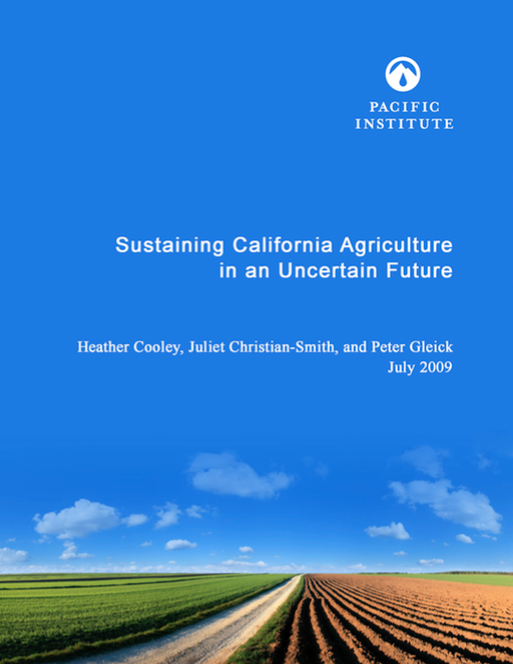
Sustaining California Agriculture in an Uncertain Future
July 22, 2009 | publication
Agriculture is an essential economic and cultural force in California. But with increasing pressures on water supply such as severe drought brought on by climate change and population growth, the future of the agricultural sector is uncertain.
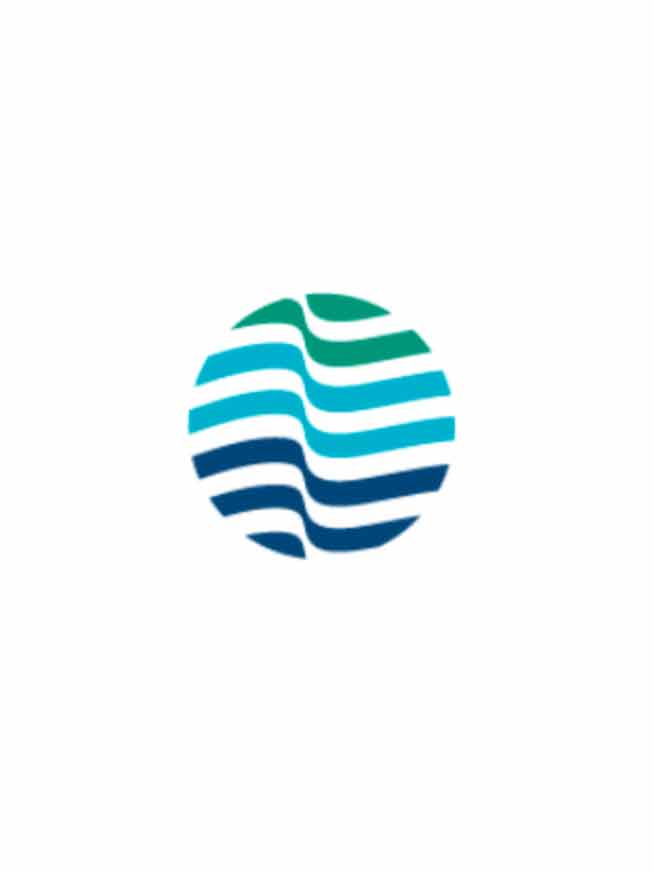
Water‐Related Public Policy Annotated Outline
July 7, 2009 | publication
The preface of the Guide will include a summary of current societal and water resource trends affecting business operations...

Truth Drought: California’s Real Shortfall
June 30, 2009 | publication
Secretary of the Interior Ken Salazar came to California on Sunday to hear firsthand about California's drought. Unfortunately, some of what he heard was misleading or false.

Testimony on Global Warming’s Effects on Agriculture and Forestry
June 18, 2009 | publication
Testimony of Heather S. Cooley and Dr. Juliet Christian-Smith1 to the United States Congress Select Committee on Energy Independence and Global Warming For the Hearing on Global Warming Effects on Agriculture and Forestry.

Measuring What Matters: Neighborhood Research for Economic and Environmental Health and Justice in Richmond, North Richmond, and San Pablo
June 12, 2009 | publication
The West County Indicators Project was launched in 2006 to work with local residents and organizations to create healthy communities in West Contra Costa County, California.

Climate Change and the Global Water Crisis: What Businesses Need to Know and Do
May 14, 2009 | publication
This report, jointly released by the Pacific Institute and the United Nations Global Compact, explores the connections between climate change and water, from both a scientific and a corporate management perspective.
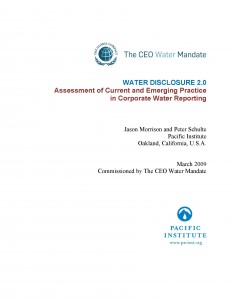
Water Disclosure 2.0 Assessment of Current and Emerging Practice in Corporate Water Reporting
March 26, 2009 | publication
The CEO Water Mandate report, Water Disclosure 2.0 – Assessment of Current and Emerging Practice in Corporate Water Reporting, examines and analyzes corporate reporting on water sustainability for 110 companies across 11 water-intensive sectors.
The CEO Water Mandate 3rd Working Conference
March 15, 2009 | publication
In July 2007, the UN Secretary-General, in partnership with international business leaders and under the auspices of the UN Global Compact, launched The CEO Water Mandate – an initiative established to better understand and advance water stewardship in the private sector.
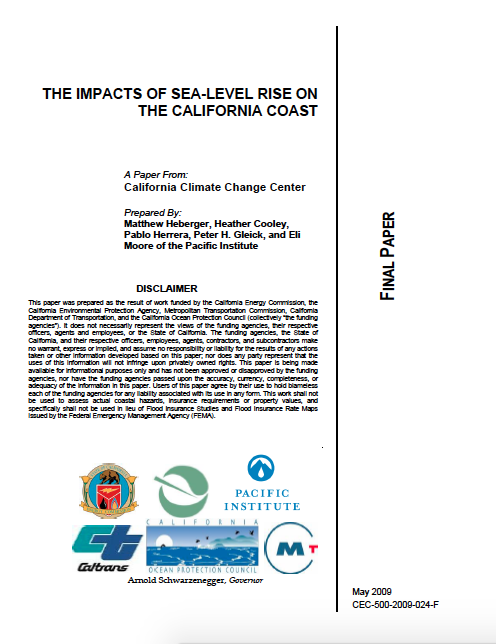
The Impacts of Sea-Level Rise on the California Coast
March 11, 2009 | publication
California’s iconic coastline and the vast ecological, cultural, and economic resources tied to it are deeply threatened by sea-level rise.
CEO Water Mandate: Footprint to Public Policy
March 11, 2009 | publication
In response to growing concerns of water scarcity and unchecked water consumption, the concept of “water footprint” has been drawing attention among businesses, policy makers, and the public over the last few years.
Water Integration Act of 2009
March 10, 2009 | publication
Mr. Chairman, Senators: thank you for inviting me to offer comments on the critical connections between energy and water in the United States. Water use and energy use are closely linked.
The Need for Integrated National Water Actions
March 4, 2009 | publication
Mr. Chairman, Representatives: I would like to thank the Committee for inviting me to offer comments on the critical issue of 21st century water planning in the United States...

Energy Implications of Bottled Water
February 26, 2009 | publication
Bottled water is a popular commodity around the world.
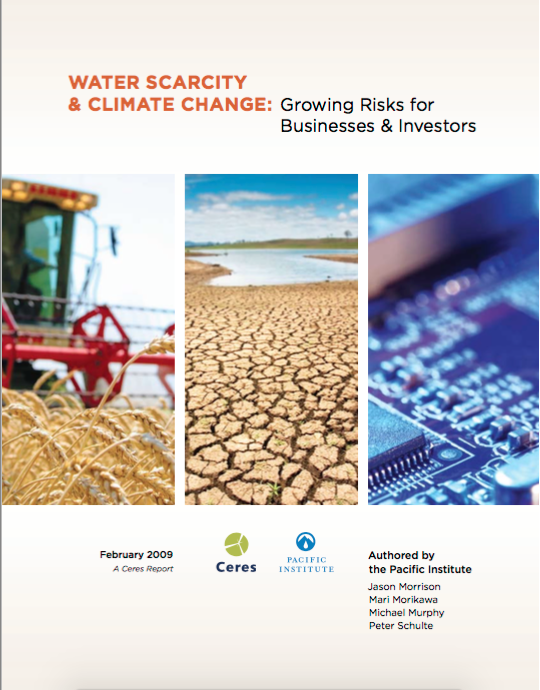
Water Scarcity and Climate Change: Growing Risks for Businesses and Investors
February 2, 2009 | publication
Climate change threatens to undermine the basic functioning of societies around the globe, and large multinational companies are not immune to these risks.

Op-Ed: Peripheral Canal Idea Still Thin on Details
January 18, 2009 | publication
The governor's Delta Vision Committee recently announced its recommendations for addressing the decades-old challenges facing California's water system...

Let’s Start Overcoming Obstacles: Agricultural Water Conservation and Efficiency
January 15, 2009 | post
The Pacific Institute released a report several months ago on the potential for greater agricultural water conservation and efficiency in areas that depend on water either flowing into or being exported out of the Sacramento-San Joaquin Delta. Each of the four scenarios we analyzed offers the potential to reduce agricultural water withdrawals in the region by 5 to 13 percent.
Water and Climate Change: Managing Unavoidable Impacts – Avoiding Unmanageable Impacts
January 9, 2009 | publication
On January 9, 2009, Dr. Peter H. Gleick, addressed legislators and staff from the House of Representatives and the Senate on “Climate Change: Intersections of Science and Policy” in two briefings sponsored by the American Association for the Advancement of Science.

Water Climate Change Brief
January 9, 2009 | publication
Water and Climate Change: Managing Unavoidable Impacts; Avoiding Unmanageable Impacts. Dr Peter Gleick...
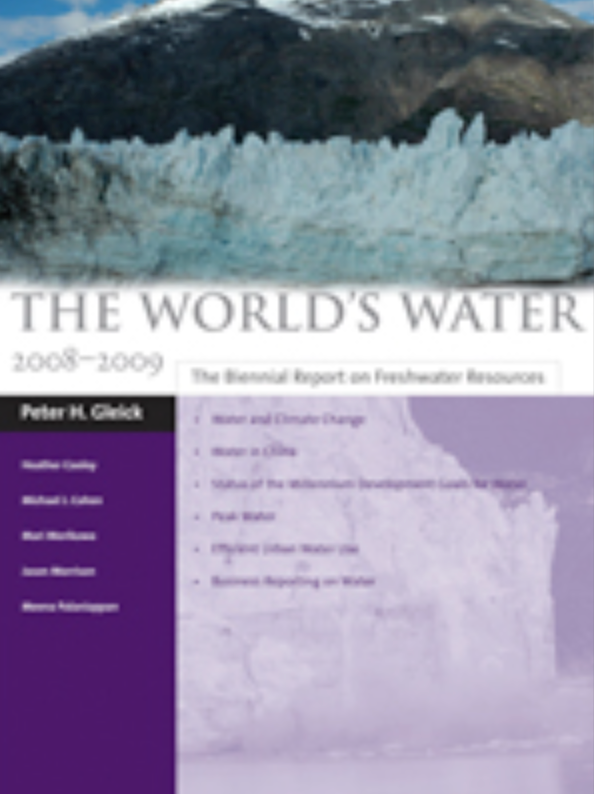
The World’s Water, Volume 6
December 26, 2008 | publication
Pacific Institute President and series editor Peter Gleick, with Institute coauthors Heather Cooley, Michael Cohen, Mari Morikawa, Jason Morrison, and Meena Palaniappan addresses the ever-more-pressing issues of our use and misuse of the world’s freshwater resources.
Page 36 of 42



